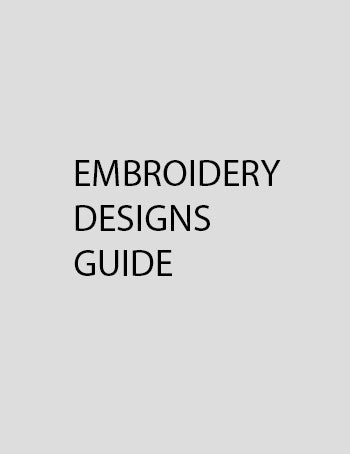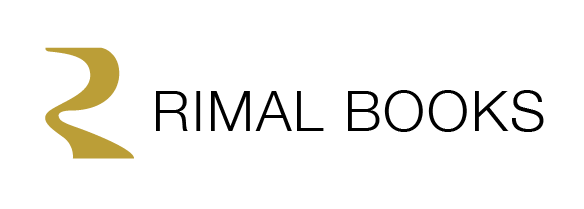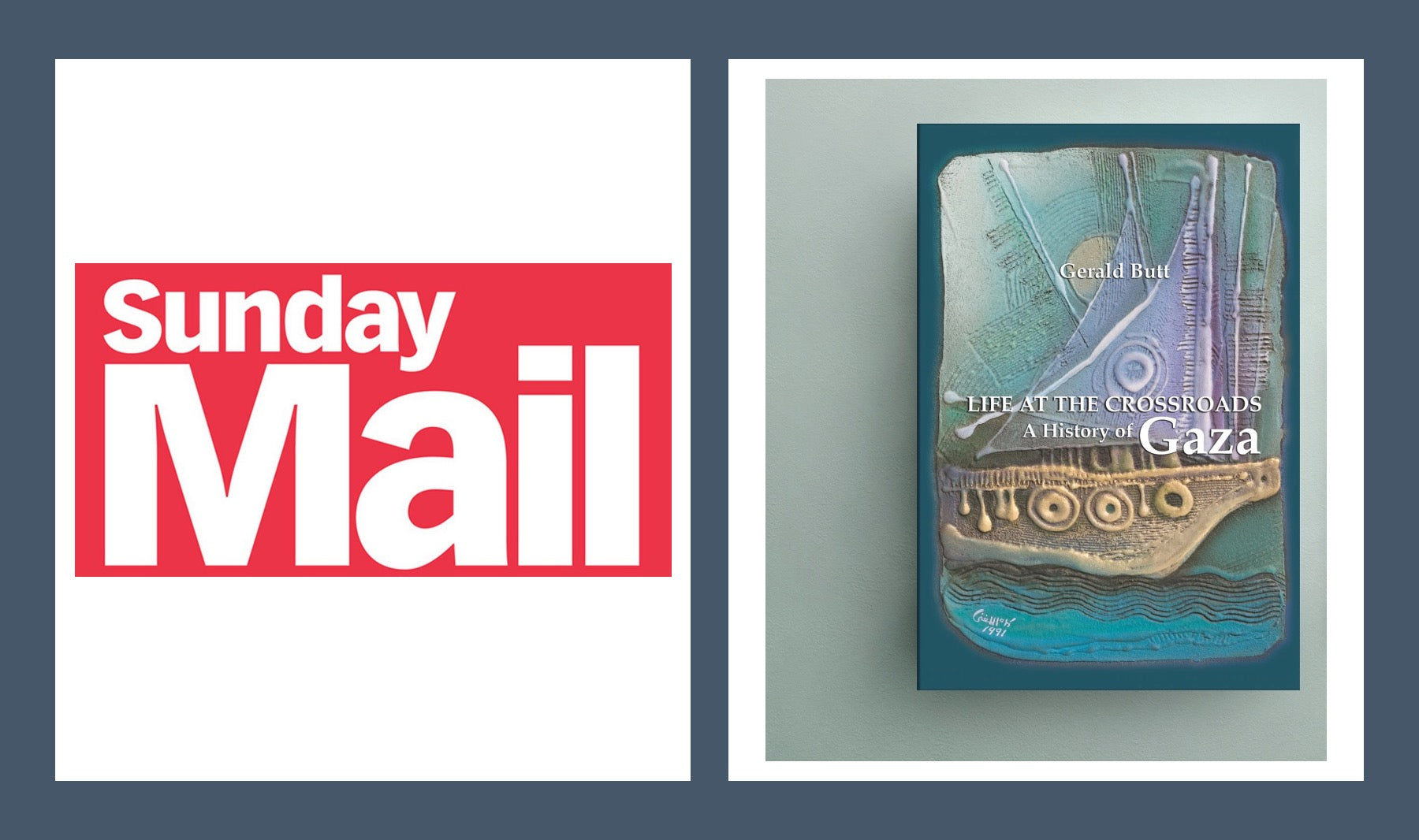
EMBROIDERY DESIGNS GUIDE
Do They Reveal The Origin?
So let's begin with: What is a motif? A motif is basically a design or figure that consists of recurring shapes or colors, as in architecture or decoration.
It could also mean a theme that is repeated or elaborated in a piece of music. An embroidery motif is a pattern in cloth which consists of decorative shapes in various splashes of colors which give it a vibrant look.
The history of motifs traces way back to the ninth century when such a colorful fashion was in vogue in various parts of Europe. This evinced interest and the art spread across in various forms across the world. Since this is an embroidery art, the essence of each region was visible in the patterns and one could distinguish the culture or the state only by seeing the embroidery motif.
I came across an interesting book - Palestinian Embroidery Motifs: A Treasury of Stitches 1850 - 1950. This is a vast embroidery treasure trove and recommended reading for every hand embroidery enthusiast! Margarita Skinner focuses on the motifs used in embroidery which include the Tall Palm motif (also known as Ears of Wheat) of the Ramallah area, Scissors and Roses from Gaza, the Key of the Heart from Bethlehem and the Cypress Tree motifs found all over Palestine. She says : "The embroidered dresses of the Palestinian women are very much like Persian carpets. They are not only unusually beautiful. They also tell stories." In the Negev, unmarried Bedouin girls and widows wear dresses with blue embroidery. Once a widow remarries, red or pink embroidery is added. The book documents more than 250 motifs, giving their names in English and Arabic and identifying the areas of Palestine from which they come. Falak Shawwa's stunning photographs capture the artistry and vibrant colours of the motifs, and the splendour of festive dresses. Each area of Palestine had characteristic embroidery. Ramallah, together with Bethlehem and Beit Dajan, was well known for its lavish embroidery. The embroidery on a festive dress could have 200,000 cross-stitches. Bethlehem's skill in the art of couching made it the "Paris of Palestinian village fashion".
If you try to trace back to the Palestinian history, it may not be exactly known when women in Palestine started to put thousands of stitches on dresses, coats, jackets, veils and cushions. Research on Palestine embroidery has found no examples earlier than the 19th century. In Palestinian villages, the tending of chickens and selling of eggs was the domain of women, who used this source of income to buy thread and fabric. Girls in Palestine grew up watching their mothers embroidering, and learnt the skill from the age of about ten. The primary stitches used in Palestinian embroidery are cross-stitch and couching. In couching a thick thread is positioned on top of the fabric, and a thinner thread is stitched over it to keep it in place. This gives a curving design, of which there are many examples in Palestinian Embroidery Motifs.
Wish you an enriched learning on our ancient arts!
by Shikha
Published September 26th, 2009
Section: Hand Embroidery Designs /Amazing Embroidery Designs
www.embroidery-designs-guide.com


